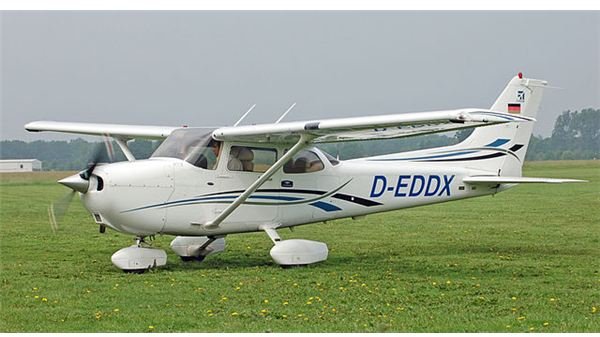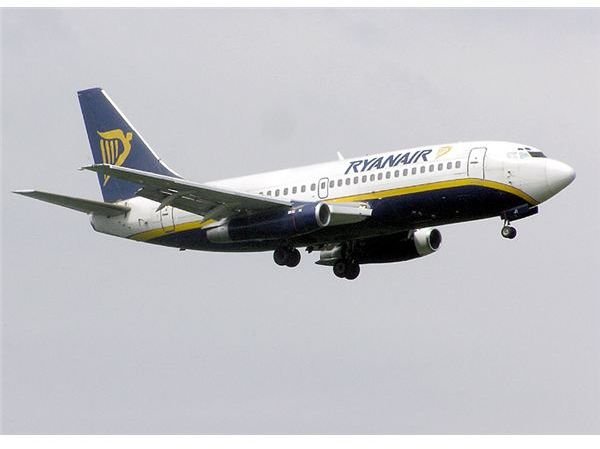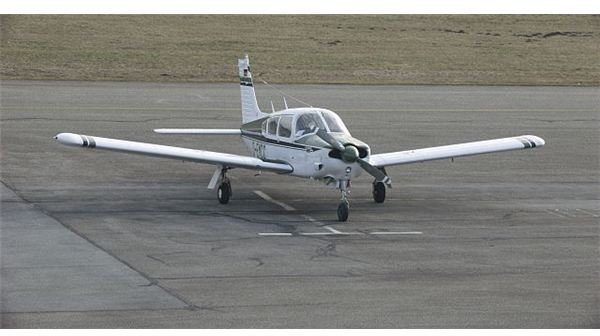Airplanes: Low Wing Aircraft
Aircraft Wing Placement
Low wing aircraft are planes with the wing mounted below the main fuselage of the aircraft. The other wing mount option is a high wing where the wing crosses the fuselage at the top. In general aviation, both aircraft styles are in widespread use with Cessna the major producer of high wing aircraft and the remainder of the industry primarily using low wing designs.
For a private pilot, the choice of low wing or high wing is primarily personal preference. Aerodynamically, there is not much difference between the two wing locations. The photos here show the low wing Poper Cherokee compare,d to the high wing Cessna 172.

Low Wing Advantages and Disadvantages
Low wing placement on an airplane provide superior visibility above and to the sides of the aircraft. The visibility advantage shows in turns when the pilot can see where the turn will go, even in a steep bank. A high wing aircraft will block the view in the direction of a turn.
Low wing aircraft are considered to be easier to land in a crosswind. This is more a factor of landing gear placement rather than aerodynamics. The gear on a low wing airplane are fixed or drop down from the wing and can be spaced wider apart than landing gear which must be attached to the fuselage of a high wing plane. The landing gear of a low wing plane can be mounted straight up and down, which allows a more effective shock absorption system.
It is also easier to fuel a low wing plane. Most planes carry fuel in the wings and the fuel ports of a low wing general aviation plane are easy to reach. A high wing airplane may require a lift or climbing up on the plane to gas up.
The upward and sideways visibility advantages of low wings mean it is difficult to see what is below the aircraft. This lack of downward visibility can be dangerous in the approach to the field and the landing pattern. Low wing aircraft pilots must be very aware of any planes that might be below them.
Low wings planes may not be as safe as high wing models when landing on soft or on prepared fields. The low wing makes it easier for a bump in the field or a wind gust to cause a wing tip to dip and catch the ground. The results of catching a wingtip in this manner are not pleasant!
Low Wing Aircraft Uses

In the world of large jet planes, passenger aircraft tend to be of the low wing variety and military cargo planes have high wing designs. A low wing allows commercial jets to have the wing spar go through the fuselage below the passenger cabin. This leaves the maximum amount of room in the passenger cabin with full headroom from front to back.
Low wing commercial jets have their wing mounted engines pretty close to the ground. These planes need to fly and taxi on airports where the pavement is kept clean of any debris that could be sucked up by those big jet turbines. This is one reason why military cargo planes use a high wing design, to mount the engines higher off the ground.
If you found this article first check out the companion article on high wing aircraft.
References
Stoenworks.com, High Wing / Low Wing, https://stoenworks.com/High%20wing,%20Low%20wing.html
The Infrequent Flyer, https://www.theinfrequentflyer.com/airplane-high-wing-vs-low-wing.php
Photo Credits: Wikimedia Commons
